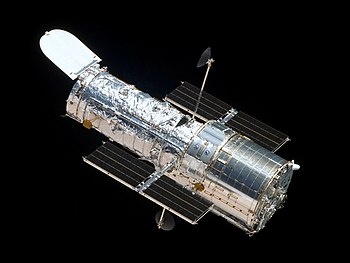 |
| Domestic architecture of the American colonies and of the early republic - Photo: Wikimedia |
A trip through the U.S. will grant you sights of beautiful architecture, from coast to coast. During the 1780’s through the most popular style of architecture was the American Colonial.
Built mostly by wealthy Anglo Americans, the houses afforded several distinct styles depending on local. Also known as Colonial Georgian, these homes were the earliest style to grace the U.S. colonies.
A prime example of early American Colonial architecture is called a Saltbox. What the Saltbox basically is is a wooden frame house with a high-pitched roof that slopes down to the back.
Its flat front has two stories while the back of the house has only one, making the sides unequal, but distinctly looking just like an old salt box which was a wooden box with a lid which salt was kept.
A simple name for a simple style of home. Generally, the chimney was centrally located, making the house, from a distance, look like a box with a lid and handle to lift it off.
Other defining characteristics of American Colonial architecture are the square, symmetrical shape, the front door placed directly in the middle of the houses front and the even, straight line of windows throughout.
Inside the front door are usually an entryway and a staircase. All rooms branch off these. Typically they were constructed of brick with wood trim, but with homes like the Saltbox, they were also timber frame homes constructed with woodworking joints instead of metal nails, since they were costly. Saltbox homes were also finished with wood siding.





